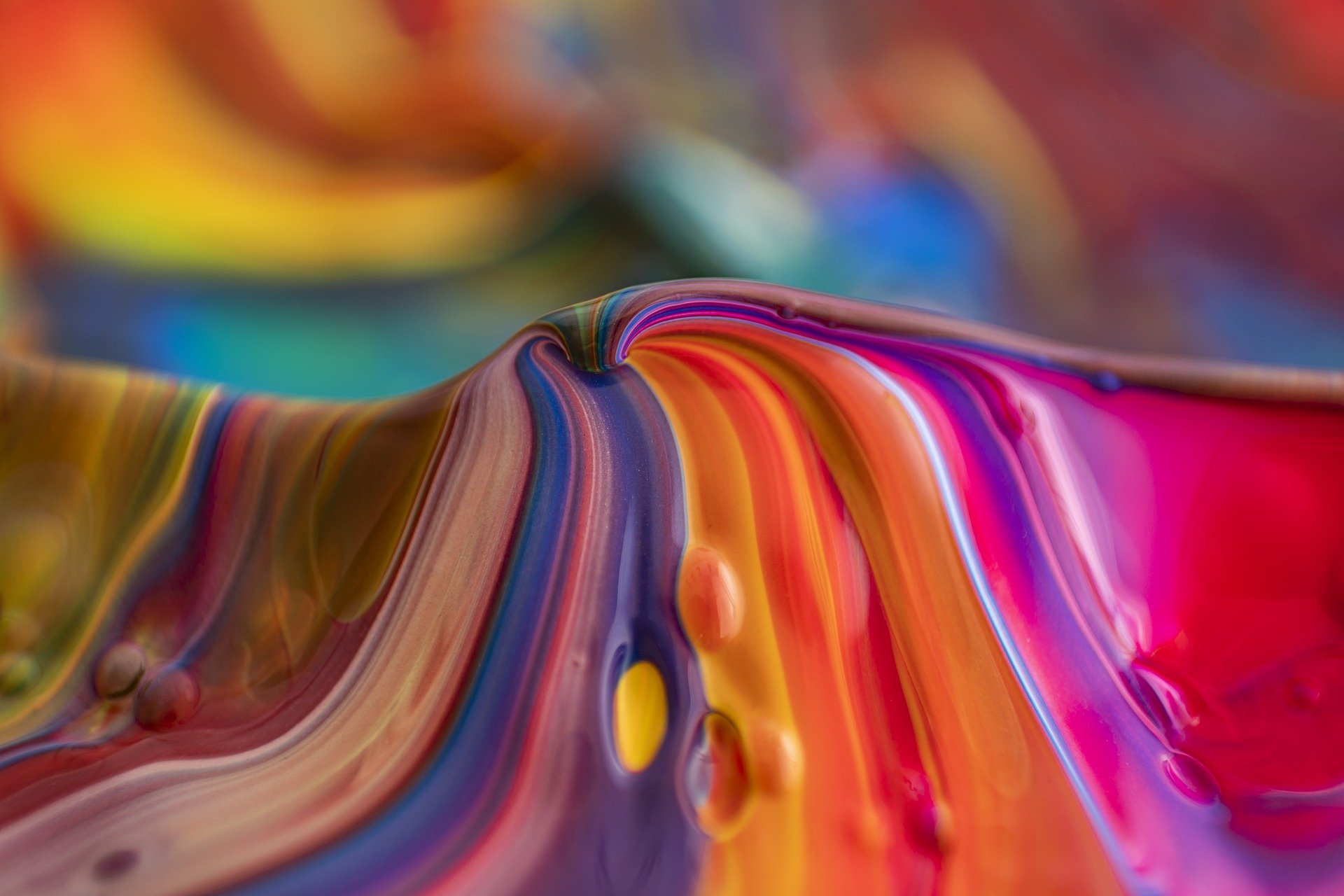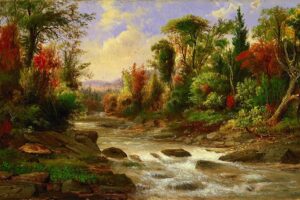There are a large number of styles and trends in painting in the world. Basically they have no clear boundaries. Styles are intertwined with each other, touching and passing into each other. The most popular, the main styles of painting:
- impressionism (19th and 20th centuries in France). This style became so called because of the artist Claude Monet and his painting “Impression. Rising Sun” (Impression. Soleil Levant-fr.). The direction of the style is to work in the open space, transferring the master’s feelings about the light. Distinctive features: the barely visible, weightless, thin strokes. Obligatory presence of motion in the picture, spatiality, transfer of changing light, the image of the real world in motion.
Leading representatives: Edgar Degas, Van Gogh, Konstantin Korovin, Paul Gauguin, Claude Monet.
2. Expressionism (beginning of the 20th century in Germany). Modern direction inherent in distortion of reality to evoke emotions in the viewer. Expresses and conveys emotions of the author. Depiction of anxiety, frustration and fear against the background of revolutions and the First World War. The paintings are dominated by motifs of pain and screaming (Edvard Munch’s “The Scream”). It is thought that the term was first used as a counterbalance to Impressionism.
Prominent representatives: Vincent van Gogh, James Ensor, Wassily Kandinsky.
- Cubism (20th century, France). Avant-garde movement. This style is inherent in depicting an object with broken lines, depicting an object from different sides simultaneously, while showing as many facets as possible. Images are deformed and devoid of logic.
Prominent representatives are Picasso, Paul Cézanne, Georges Bral, Fernand Leni.
- Modernism (19th-20th centuries) is a combination of different trends. In his works the author emphasizes the uniqueness of his vision using abstraction. The works convey the artist’s desire for freedom.
Prominent representatives: Ivan Bilibin, Michael Vrubel, Edward Munch, Alphonse Mucha.
- Neoclassicism (18th-19th centuries). Main features: emphasis on stable values. The style was greatly influenced by the Baroque and Rococo. Images are dynamic and based on ancient ideals. The paintings are dominated by: severity, simplicity, compliance with historical accuracy, great attention to detail, naturalness of colors.
Prominent representatives: P. Puvi de Chavannes, V. Serov, A. Yakovlev, M. Deni, K. Petrov-Vodkin, F. Hodler.
- Pop-art (1950 in England). The theme of the style is the image of ordinary, everyday objects and recognizable symbols from an ironic point of view, while changing the scale, size and material of the original image. Used in comics, commercials and other types of contemporary mass art.
Prominent representatives: R. Hamilton, Tom Wesselman, Andy Warhol.
- Romanticism (18th century). This style is characterized by strong emotions: fear, awe, awe. Eulogy of the sublime, interest in evil, quiet contemplation, comprehension, struggle against classical norms.
Prominent figures: Francis Goya, Isaac, Ivan Aivazovsky, Ivan Shishkin, William Turner, Isaac Levitan.
- Realism (1850 France). Objects are depicted through the prism of rules, the style is devoid of embellishment. Reality, accuracy and truth are shown. Describes the life, images are frank and naturalistic.
Prominent representatives: Ilya Repin, Honoré Daumier, François Millet.
- Surrealism (1920 in France). Depiction of separate subjects with the aim to create a strong image, to show the truth with their help, to provoke experience in the spectator. Images are inherent in the paradoxical combination of forms, interweaving of naturalness and fiction.
Prominent figures: Salvador Dali, René Magritte.
- Symbolism (end of the 19th century France). This style is characterized by striving for the new, in the images there is an understatement and mystery that is conveyed by depicting symbols. Transfer of an ideal image, objectivity.
Prominent representatives: Gustav Moreau, Hodler, Max Klinger, Paul Gauguin, Edvard Munch, Vrubel.
It is believed that pure styles do not exist. They all depend on one another, flowing from one another. Many styles emerged under the influence of other species. That’s why there are so many artists whose work is characterized by different styles.



